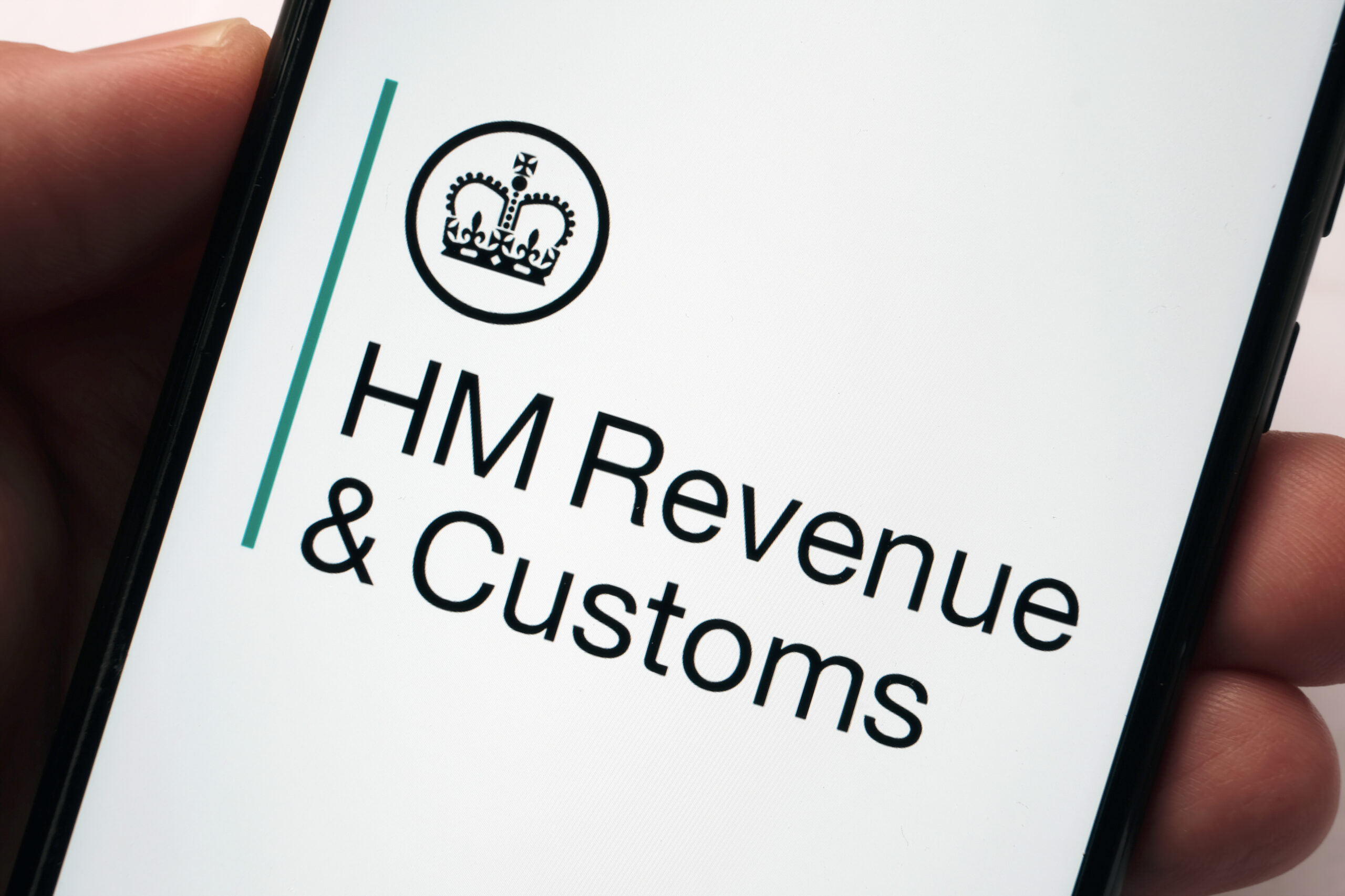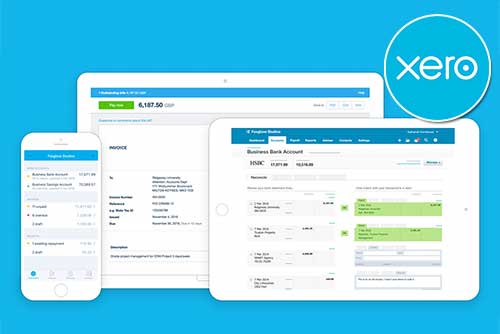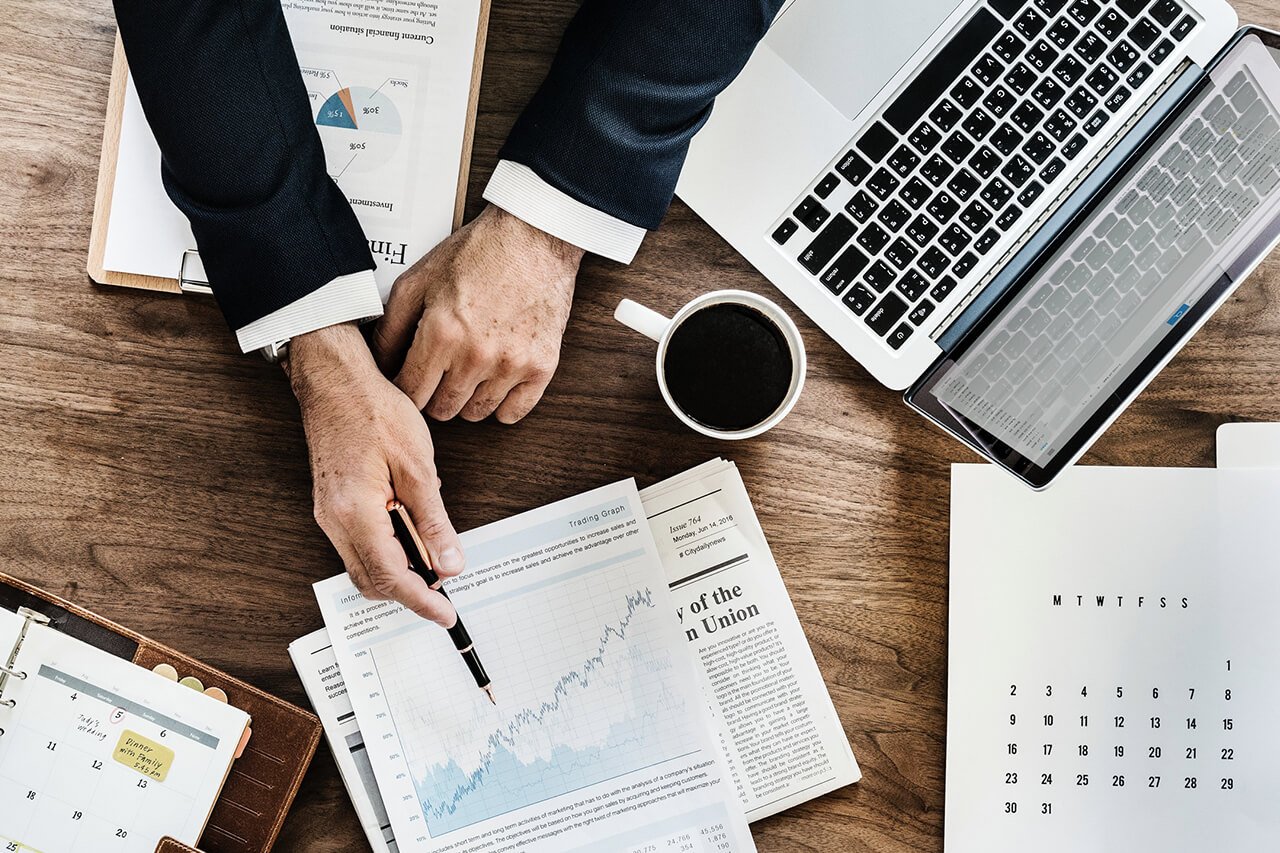What is a Balance Sheet: A Comprehensive Guide
A balance sheet is one of the fundamental financial statements used by businesses, investors, and analysts to assess the financial health and performance of a company. It provides a snapshot of a company’s financial position at a specific point in time, detailing its assets, liabilities, and equity. Understanding how to read and interpret a balance sheet is essential for making informed decisions about investments, loans, and business operations.
In this comprehensive guide, we will delve into the components of a balance sheet, its importance, and how to analyse it effectively.
What Is a Balance Sheet?
A balance sheet, also known as a statement of financial position, is a financial statement that summarises a company’s assets, liabilities, and shareholders’ equity at a specific date.
It follows the accounting equation:
Assets = Liabilities + Shareholders’ Equity
This equation must always balance, hence the name “balance sheet.”
Components of a Balance Sheet
1. Assets
Assets are resources owned or controlled by a company that have economic value and are expected to provide future benefits. They are typically categorised into current assets and non-current assets. Current assets include cash, accounts receivable, inventory, and short-term investments, which are expected to be converted into cash or used within one year. Non-current assets consist of long-term investments, property, plant, equipment, and intangible assets such as patents and goodwill.
2. Liabilities
Liabilities represent the company’s obligations or debts to external parties, including creditors, suppliers, and lenders. Like assets, liabilities are categorised into current and non-current liabilities. Current liabilities are debts due within one year, such as accounts payable, short-term loans, and accrued expenses. Non-current liabilities are long-term debts and obligations, such as long-term loans, bonds payable, and deferred tax liabilities.
3. Shareholders’ Equity
Shareholders’ equity represents the residual interest in the company’s assets after deducting its liabilities. It consists of contributed capital from shareholders (common stock), retained earnings (profits reinvested in the business), and additional paid-in capital. Shareholders’ equity reflects the company’s net worth and ownership interests of shareholders.
Importance of a Balance Sheet
Balance sheets are essential financial tools for various stakeholders for the following reasons:
Financial Health Assessment
Balance sheets provide insights into a company’s financial health, liquidity, and solvency. By analysing the composition of assets and liabilities, stakeholders can assess the company’s ability to meet its short-term and long-term obligations.
Investment Decisions
Investors use balance sheets to evaluate the financial performance and stability of companies before making investment decisions. A strong balance sheet with healthy assets, manageable liabilities, and robust shareholders’ equity indicates a financially sound company.
Creditworthiness Evaluation
Lenders and creditors analyse balance sheets to evaluate a company’s creditworthiness and determine its ability to repay loans and debts. A favourable balance sheet enhances a company’s chances of obtaining favourable financing terms and lower interest rates.
Strategic Planning
Businesses utilise balance sheets to formulate strategic plans, allocate resources, and make informed decisions regarding capital investments, expansion opportunities, and dividend distributions. A clear understanding of a company’s financial position is crucial for long-term business planning.
Limitations of a Balance Sheet
Here are some key limitations of a balance sheet:
Historical Snapshot
A balance sheet reflects the financial position of a company at a specific point in time. As such, it provides a historical snapshot of assets, liabilities, and equity. It does not capture real-time changes or future projections, limiting its ability to provide a dynamic view of the company’s financial performance.
Non-Monetary Assets
Balance sheets primarily focus on monetary assets, such as cash, accounts receivable, and inventory. Non-monetary assets, such as intellectual property, brand value, and human capital, are often not adequately reflected. These intangible assets can be significant contributors to a company’s overall value but may not be accurately represented on the balance sheet.
Valuation Methods
The valuation of assets and liabilities on a balance sheet may be subject to estimation and judgement. For example, property, plant, and equipment may be recorded at historical cost less depreciation, which may not reflect their current market value. Similarly, intangible assets such as goodwill are subject to impairment testing, leading to potential fluctuations in reported values.
Analysing a Balance Sheet
Analysing a balance sheet involves several key metrics and ratios to assess financial performance. Some common ratios derived from balance sheet data include:
1. Current Ratio
The current ratio indicates the company’s ability to meet its short-term obligations. A ratio above 1 suggests liquidity, while a ratio below 1 may indicate liquidity problems.
Current Ratio = Current Assets/ Current Liabilities
2. Debt-to-Equity Ratio
Debt-to-equity ratio measures the company’s leverage and financial risk. A higher ratio indicates higher debt levels relative to equity, implying greater financial risk.
Debt to Equity Ratio = Total Liabilities/ Shareholders’ Equity
3. Return on Equity (ROE)
Return on equity measures the company’s profitability relative to shareholders’ equity. A higher ROE indicates better profitability and efficient use of equity capital.
Return on Equity = Net Income/ Shareholders’ Equity
The Power of the Balance Sheet
The balance sheet serves as a cornerstone in understanding a company’s financial standing, offering a snapshot of its assets, liabilities, and shareholders’ equity at a specific point in time. It aids stakeholders in assessing financial health, making investment decisions, evaluating creditworthiness, and strategic planning.





















